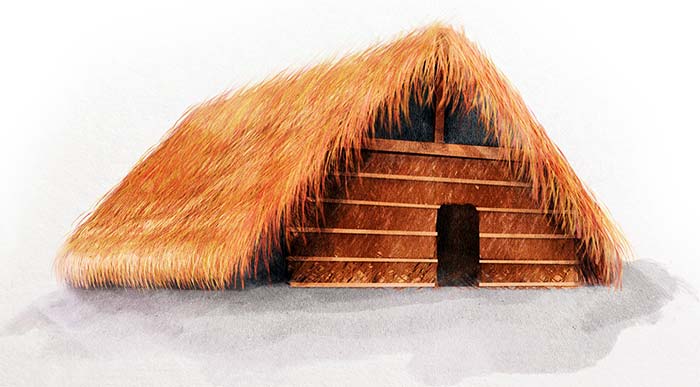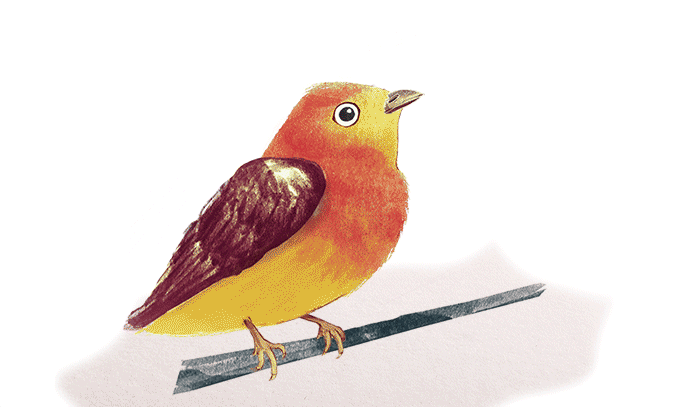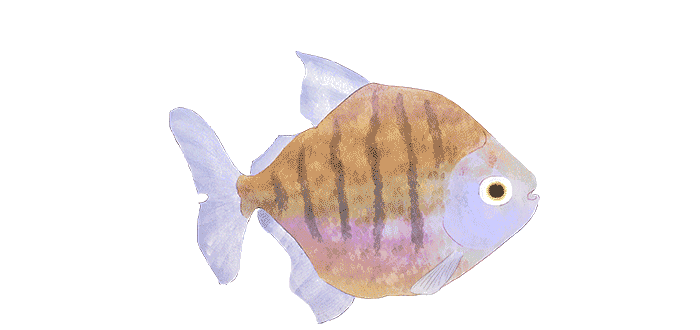The construction of the hydroelectric dams on the powerful Madeira River not only trapped the bufeos of Bolivia and Brazil. More than 10 years after the damming of this Amazon tributary began, several studies have revealed other impacts on bird and fish species. In addition, the influence of these large infrastructures on the natural cycle of floods is under discussion.

Populations along the Madeira River have suffered from floods that were not predicted.
During the environmental authorization process for the Santo Antônio and Jirau dams, technicians from the Brazilian environmental protection agency, IBAMA, pointed out that the potential area flooded by the future water reservoirs was being underdimensioned. And not only that: some of the populations that would be affected were located in riverside communities in Bolivia. As a measure to mitigate this risk, dam projects were adapted to operate without the need for a large body of water. This is how what are known today as the first "run-of-river" hydroelectric power plants came into being, that is, powered only by the natural flow of the river.
However, this alternative does not appear to have been fully effective. Since a study published in 2017 in the scientific journal Remote Sensing Applications: Society and Environment, by Sheila M.V. Cochrane and other researchers, revealed that the flooded area was at least 64.5%, or 341 km², larger than originally predicted during the study phase. To make this comparison, the authors analyzed satellite images between 2006 and 2015. The article also shows the worrying fact that, among the flooded areas, 160 km² correspond to native forests.

The dorado, one of the migratory species most affected by the dams
Among the species most affected by the construction of the Santo Antônio and Jirau dams is the dorado, the freshwater fish that carries out the largest migration ever recorded, up to 11,000 kilometers, in its life cycle. The companies involved in the environmental licensing process committed to construct a transposition mechanism, the so-called "fish ladder". But evidence suggests that the measure has had no effect. For studies such as those by Paul Van Damme and Marilia Hauser show that, like the bufeos populations, the large catfish was isolated by the dams.

The orange Uirapuru: no longer found in the forests of Madeira.
For the birds of the Amazon, floodplains and igapós are as important as "terra firme" ecosystems. They are environments that are subject to major transformations depending on periods of flooding or ebb and flooding. For this reason, the species which have them as habitat were directly impacted when the pulse of the river was altered by the Santo Antonio and Jirau dams.
What happens is that in places where floods become permanent, what used to be a forest becomes a cemetery of trees, a "paliteiro". Brazilian researcher Tomaz Melo, a doctoral student at the National Institute of Amazonian Research (INPA) has investigated what the suppression of environments represents for several species.
He tells us about the orange Uirapuru, a species that in the Amazon lives in mature floodplain forests. During the investigation, no detection was obtained in the areas where the forest died. "This could indicate that the whole area flooded by plant reservoirs has become a barrier for this species," says Melo.

The pacu, one of the species that has been in decline
Fishermen also suffered the impacts of the hydroelectric dams on the Madeira River. Although much research has focused on the reduction of large catfish populations, some key species for the Amazon fishing sector are disappearing from the nets. In recent years, studies led by ecologist Rangel Eduardo dos Santos of the Federal University of Minas Gerais have collected information from the fishermen's colony located on the Madeira River. Interviews with fishermen point to a 39% reduction in the availability of the main commercial species, including pacu, jaraqui and branquinha.
"God willing, we are not going to allow them to build Cachuela Esperanza (Bolivia), because we are going to be really screwed, we are already suffering for Jirau and Santo Antonio", said Elías Inuma, a fisherman from the 16 de Julio Fishermen's Association of Guayaramerín, while lamenting the reduction of fish in the Beni River.